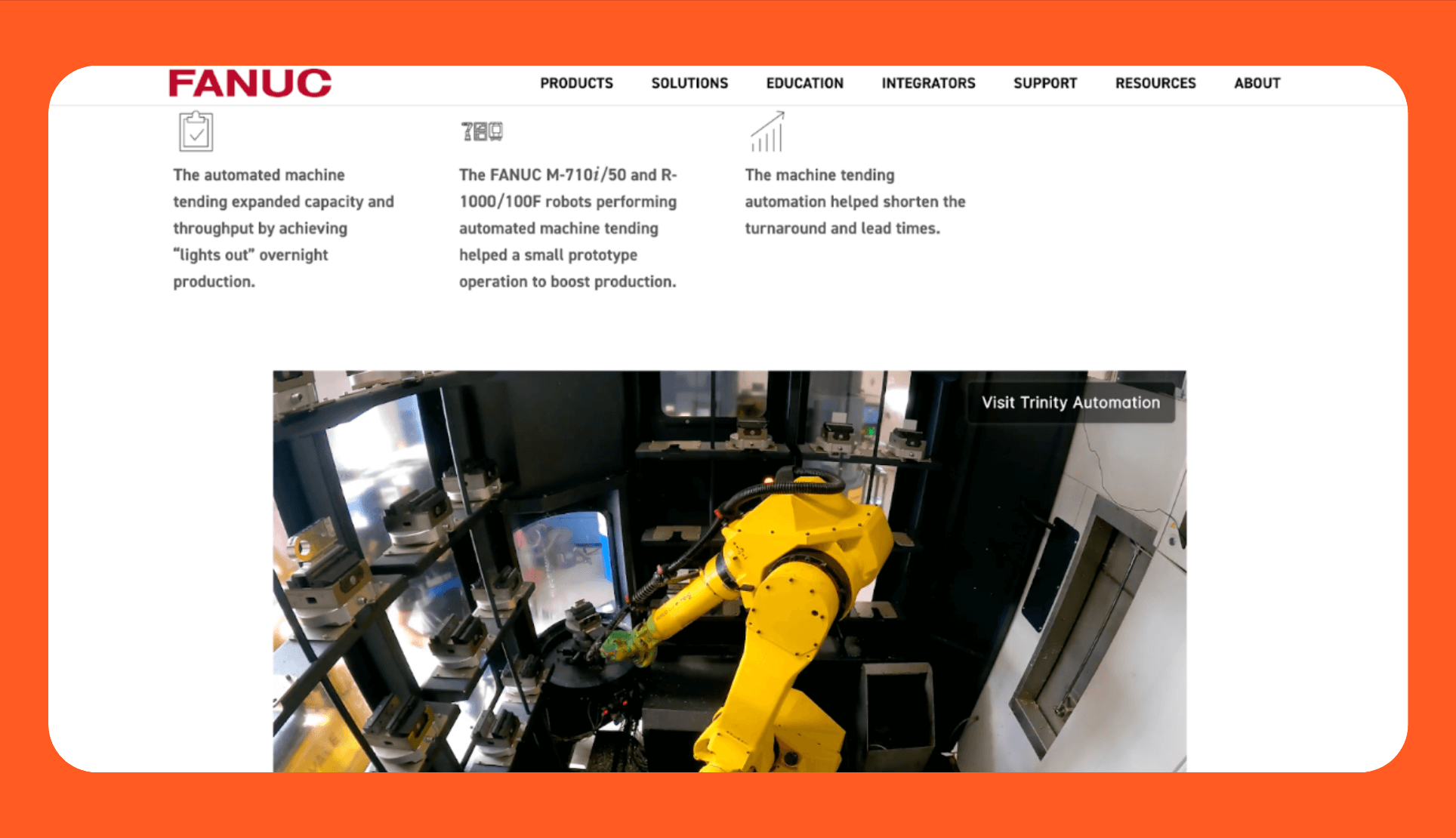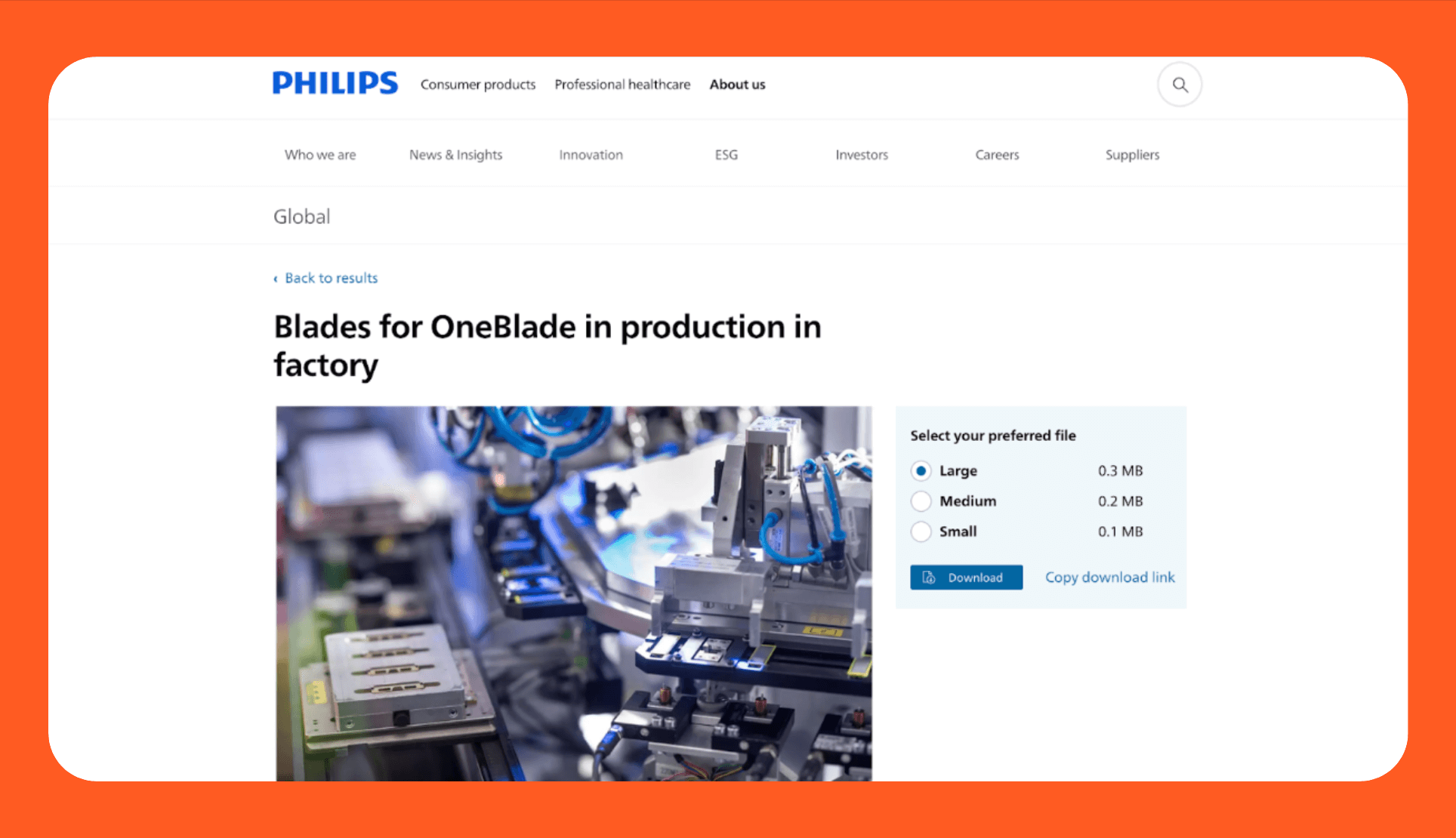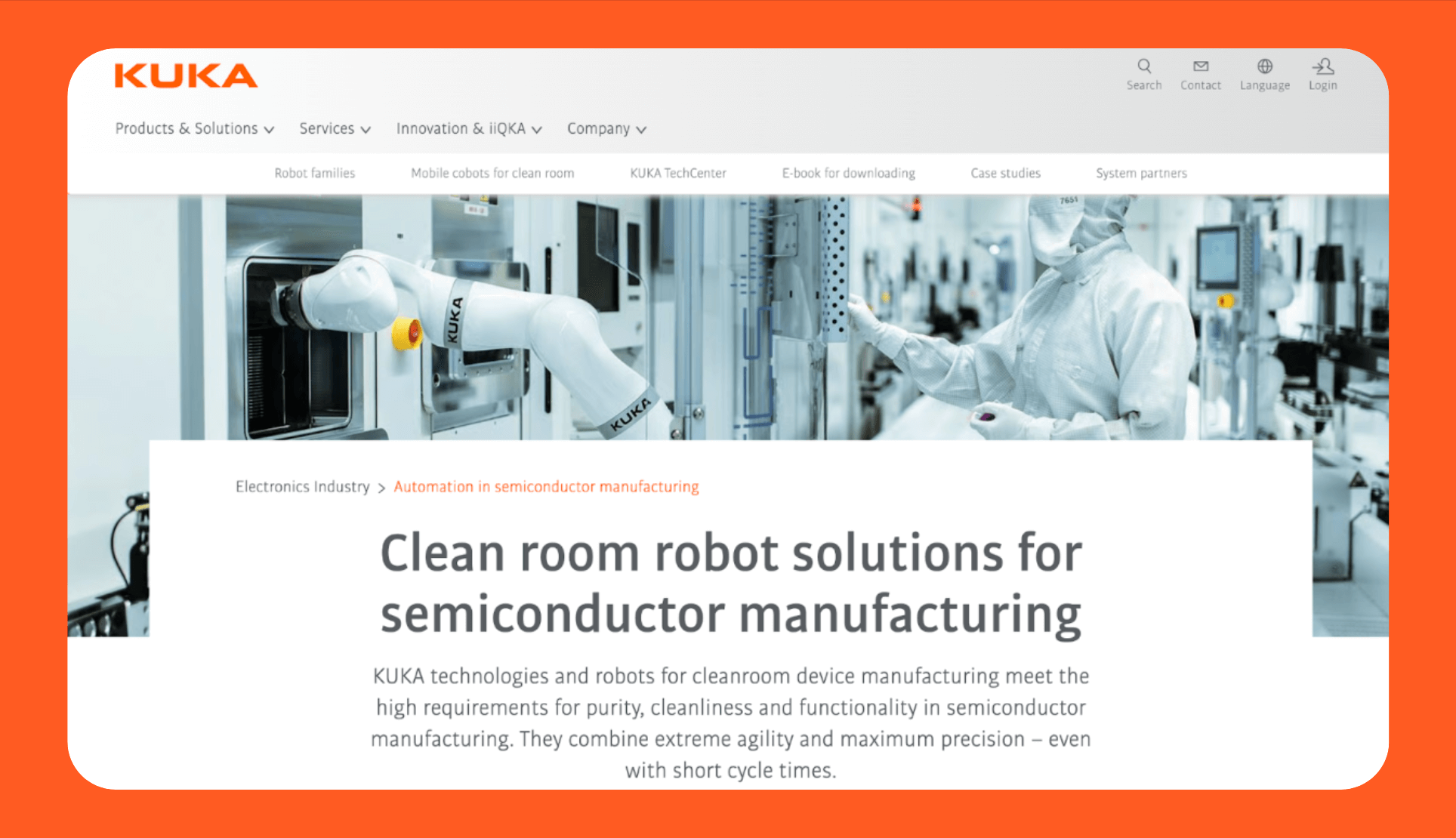Lights-out manufacturing is the concept of operating a factory with minimal to no human presence, where machines and robots handle production around the clock.
In 2025, it is a practical strategy reshaping how manufacturers think about efficiency and competitiveness. By cutting labor costs, reducing downtime, and improving consistency, lights-out operations give manufacturers a clear path to higher output and safer workplaces.
For companies facing constant pressure to improve efficiency, this approach is quickly moving from an experiment to a core part of modern automation.
What is lights-out manufacturing?
Lights-out manufacturing refers to a production system where a factory runs without on-site human workers. Machines, robots, and control systems handle the entire workflow, from material handling to assembly and inspection. Humans only step in remotely for supervision, maintenance, or exceptions.
A dark factory is a facility with no human presence, running in complete darkness to save energy. A fully automated factory is any plant where machines handle most production tasks with little human input. It’s essentially an advanced form of manufacturing automation, where robotics and software cover more of the production cycle.
Why manufacturers are adopting it
Manufacturers are adopting lights-out manufacturing because it directly addresses today’s toughest production pressures. Companies adopt it for higher productivity, safer operations, and lower costs, all of which help them stay competitive in a margin-sensitive industry. As supply chains tighten and labor shortages grow, these benefits matter more than ever.
The three main reasons companies are making the shift:
- Productivity and cost benefits: Running 24/7 means machines keep working without downtime from breaks, shift changes, or overtime restrictions. That uninterrupted output increases throughput, improves delivery times, and helps companies get the most out of every piece of equipment they’ve invested in.
- Safety and consistency: Dangerous, repetitive, or detail-heavy jobs are better suited to robots. Removing people from these tasks lowers injury risks and fatigue, while also reducing variation in the final product. The result is a safer workplace and more consistent quality for customers.
- Energy and space savings: A dark factory doesn’t need lighting, air conditioning, or staff facilities like cafeterias and restrooms. Cutting those overhead costs lowers operating expenses, and the freed-up space can be used for additional machinery or inventory instead of non-productive areas.
Real-world examples
Lights-out manufacturing is happening in many of the largest facilities in the world. Some of the largest manufacturers now operate facilities with very little human presence, proving what’s possible when robotics, sensors, and process control are fully integrated.
These examples build on broader trends in industrial robotics, where automation is reshaping everything from heavy machinery to consumer goods. Each factory looks different depending on the industry, but together they show just how far a fully automated factory can go.
FANUC
FANUC operates a well-documented example of lights-out manufacturing at its headquarters in Oshino, Japan. The company, known globally for its FANUC robots, uses automation to assemble other robots with minimal human presence.
FANUC began experimenting with unmanned production decades ago, making it one of the earliest adopters of this approach in industrial robotics.

Production lines are reported to run unmanned for up to 30 days at a time. This capability relies on a combination of standardized equipment, modular robot designs, and carefully controlled production environments. It also uses predictive maintenance to anticipate issues, helping machines operate with fewer interruptions.
Humans are still involved, but their role is limited to scheduled maintenance and inspections. Engineers monitor operations remotely, stepping in only when necessary.
Philips (Netherlands)
Philips operates a partially lights-out factory in Drachten, Netherlands, where electric razors are produced with minimal human oversight. The site runs with 128 robots handling most assembly tasks, including applications such as cobot machine tending, while just nine workers manage quality assurance.

The production system is highly modular: flexible robotic cells and vision-guided systems allow the facility to switch between numerous razor models quickly. This flexibility keeps the factory competitive in markets where consumer preferences shift quickly. It also uses predictive maintenance to spot failures up to 72 hours early, reducing downtime.
Semiconductor fabs show how contamination risks make lights-out essential
Semiconductor fabrication plants, especially those producing 300 mm wafers, are clear examples of lights-out manufacturing. These facilities rely heavily on semiconductor robots and automated guided vehicles (AGVs) to move wafers through clean rooms where strict contamination control is required.
In most cases, nearly every production step is automated to maintain consistency and protect yield. Automation in fabs is driven by necessity. Fabs use robotic handling and sealed pods to protect yields as people increase contamination risk. Automated material handling systems (AHMS) move wafers through hundreds of steps without manual input.

Solutions like KUKA’s automation in semiconductor fabrication show how specialized robots are designed for this environment, from wafer handling to inspection. Operators still play a role, mainly in monitoring systems, handling exceptions, and maintaining tools.
Benefits of lights-out manufacturing
The benefits of lights-out manufacturing include higher uptime, lower operating costs, and safer workplaces. Automated systems run overnight without downtime, delivering faster throughput and stronger ROI. At the same time, robots improve consistency and remove workers from repetitive or dangerous jobs, raising both quality and safety.
Here are the benefits manufacturers see most often:
- Higher uptime and throughput: Automation allows production to run continuously, even overnight and on weekends. With no shift changes, lunch breaks, or downtime, machines stay in operation for far longer than human-staffed lines. This extra runtime translates into significantly higher output and faster delivery times for customers.
- Lower costs and stronger ROI: Labor, overtime, and facility upkeep account for a significant portion of production expenses. Lights-out operations reduce these costs through lower staffing needs and reduced utility use.
Over time, the savings offset the upfront investment in robotics and software, often leading to quicker payback. Robots in manufacturing already show how reliable and cost-efficient this approach can be.
- Better quality and workplace safety: Robots and automated systems perform tasks with consistent precision, reducing product variation and scrap rates. At the same time, workers are no longer exposed to dangerous, repetitive, or physically demanding jobs.
This improves both product quality and overall workplace safety, while allowing staff to shift into higher-value roles like programming and system maintenance.
Challenges and limitations
The challenges of lights-out manufacturing include high upfront investment, downtime risks, and a shortage of skilled workers. Complex integration and maintenance can stall production if systems fail. That’s why most companies adopt hybrid setups, balancing automation with human oversight to manage exceptions and keep operations resilient.
The most common challenges include:
- High upfront investment: Transitioning to lights-out requires more than adding robots. Redesigning lines, integrating software, and upgrading infrastructure create major costs. For small and mid-size firms, payback can take years unless production runs are very high.
- Complexity and downtime risks: In a lights-out factory, one equipment failure can stall the whole process. Without staff on-site, stoppages last longer. Predictive maintenance, redundancy, and strong monitoring help, but add more cost and complexity.
- Skills gap: Running a fully automated factory needs engineers, robotics techs, and data specialists. Many regions lack this talent, making it difficult to hire the expertise that keeps lights-out operations viable.
- Hybrid reality: Few plants run fully unmanned. Most use hybrid setups where robots handle repetitive, high-volume work, while humans step in for supervision or exceptions. This reduces risk but delivers only partial lights-out automation.
What enables lights-out manufacturing
Lights-out manufacturing is enabled by advanced robotics, sensors, and connected software. Robots handle repetitive tasks while IIoT sensors track performance in real time. Integration with MES and ERP systems aligns workflows, and cybersecurity safeguards protect uptime. Together, these tools make fully automated production both possible and sustainable.
The core enablers include:
- Advanced robotics, IIoT, and AI: Industrial robots handle high-speed tasks such as machining, welding, and assembly, while cobots adapt to more flexible jobs like machine tending. These systems are connected through Industrial IoT sensors that monitor performance in real time, a foundation of IIoT in manufacturing.
- Integration with MES/ERP systems: Automated production depends on integration with business systems. Manufacturing Execution Systems (MES) and Enterprise Resource Planning (ERP) software keep production schedules, inventory, and workflows aligned. This mirrors many of the principles behind a smart factory.
- Cybersecurity and reliability: Because lights-out factories are so dependent on connected systems, cybersecurity is critical. A single breach or system failure can halt operations. Strong security protocols, redundant systems, and reliable backup plans are essential to protect both uptime and data integrity.
Implementation strategies
Implementation strategies for lights-out manufacturing usually start with small wins, like automating repetitive processes, before scaling to entire plants. Some companies retrofit existing facilities, while others build new greenfield sites.
Predictive maintenance and remote monitoring then ensure reliability, allowing manufacturers to expand automation with reduced risk.
Here are the most common strategies in use today:
Phased adoption
Manufacturers usually start by automating repetitive, predictable tasks such as machining or cobot machine tending. Lights-out operations also depend on specialized processes like welding, where robotic welding fixtures ensure consistency and quality.
These areas provide quick wins because they are straightforward to automate and deliver immediate gains in safety and efficiency. Once proven, automation can then extend to assembly, packaging, and inspection.
Retrofitting vs. greenfield
Many companies retrofit existing facilities by adding robotic cells, conveyors, and automated storage systems. Retrofitting is less expensive and allows businesses to leverage current infrastructure, but it can be constrained by legacy layouts.
By contrast, greenfield projects, which involve designing a brand-new factory for lights-out, enable optimal efficiency and flow, though they require much larger capital investment.
Predictive maintenance
In a lights-out setup, breakdowns can be catastrophic if no one is on-site to respond. That is why predictive maintenance is a cornerstone of implementation.
Using IoT sensors and AI-driven analytics, manufacturers can track wear, vibration, and energy usage to spot problems early. Addressing issues before they cause downtime keeps production steady and avoids costly interruptions.
Remote monitoring
With lights-out operations, managers do not need to be on the floor to know what is happening. Remote dashboards, live video feeds, and automated alerts let small teams oversee multiple facilities. This approach not only reduces staffing needs but also provides a safety net, since humans can step in quickly when exceptions occur.
The future of lights-out manufacturing
Gartner estimates that by 2025, 60% of manufacturers will adopt some form of lights-out manufacturing, showing how quickly it is moving into the mainstream.
At its core, lights-out means factories running with minimal human presence, powered by robotics, sensors, and connected software. The benefits are clear: higher uptime, lower costs, safer workplaces, and better quality. Challenges remain, including high upfront costs, downtime risk, and skills gaps.
The path forward is about strategy, not speed. By phasing automation, upgrading infrastructure, and upskilling teams, manufacturers can reduce risks and build long-term competitive advantage in an automated future.
Next steps with Standard Bots
Looking to upgrade your automation game? Standard Bots’ RO1 is the perfect six-axis cobot addition to any production setup, delivering unbeatable precision and flexibility.
- Affordable and adaptable: RO1 costs $37K (list price). Get high-precision automation at half the cost of traditional robots.
- Precision and power: With a repeatability of ±0.025 mm and an 18 kg payload, RO1 handles even the most demanding CNC jobs.
- AI-driven simplicity: Equipped with AI capabilities on par with GPT-4, RO1 integrates seamlessly with manufacturing systems for advanced automation.
- Safety-first design: Machine vision and collision detection mean RO1 works safely alongside human operators.
Schedule your on-site demo with our engineers today and see how RO1 can bring AI-powered greatness to your shop floor.
FAQs
1. How does a dark factory differ from a fully automated factory?
A dark factory differs from a fully automated factory because it runs with no human presence, allowing it to operate in complete darkness. A fully automated factory may still have staff for supervision or maintenance. In short, all dark factories are fully automated, but not all fully automated factories are dark factories.
2. What are the main benefits and drawbacks of lights-out manufacturing?
The main benefits of lights-out manufacturing are higher uptime, lower labor costs, safer workplaces, and more consistent quality. The main drawbacks of lights-out manufacturing are high upfront costs, technical complexities, downtime risks, and the need for specialized skills. In practice, many companies balance both through hybrid operations.
3. Can existing factories transition to lights-out operations?
Existing factories can transition to lights-out operations, but the process is complex and usually incremental. Companies often start by automating specific processes before expanding plant-wide.
This involves adding robotics and AI, upgrading IT systems, and standardizing workflows. It also requires stronger cybersecurity and better maintenance to handle the challenges of retrofitting legacy plants.
4. What technologies are essential for enabling lights-out manufacturing?
The technologies essential for enabling lights-out manufacturing include advanced robotics, automation, AI, the Industrial Internet of Things (IIoT), and 5G connectivity.
Supporting tools such as machine vision, additive manufacturing, digital twins, MES, and strong cybersecurity enable continuous production, real-time monitoring, and quality control without human presence.
5. Will fully lights-out factories become mainstream by 2030?
No, fully lights-out factories will not become mainstream by 2030, though the trend will continue to grow. Robotics, AI, and IoT will enable more autonomous operations, but human intervention will remain essential for complex tasks like equipment repair and installation. By 2030, most facilities will adopt more lights-out processes rather than becoming completely unmanned.
brighter future
Join thousands of creators
receiving our weekly articles.










